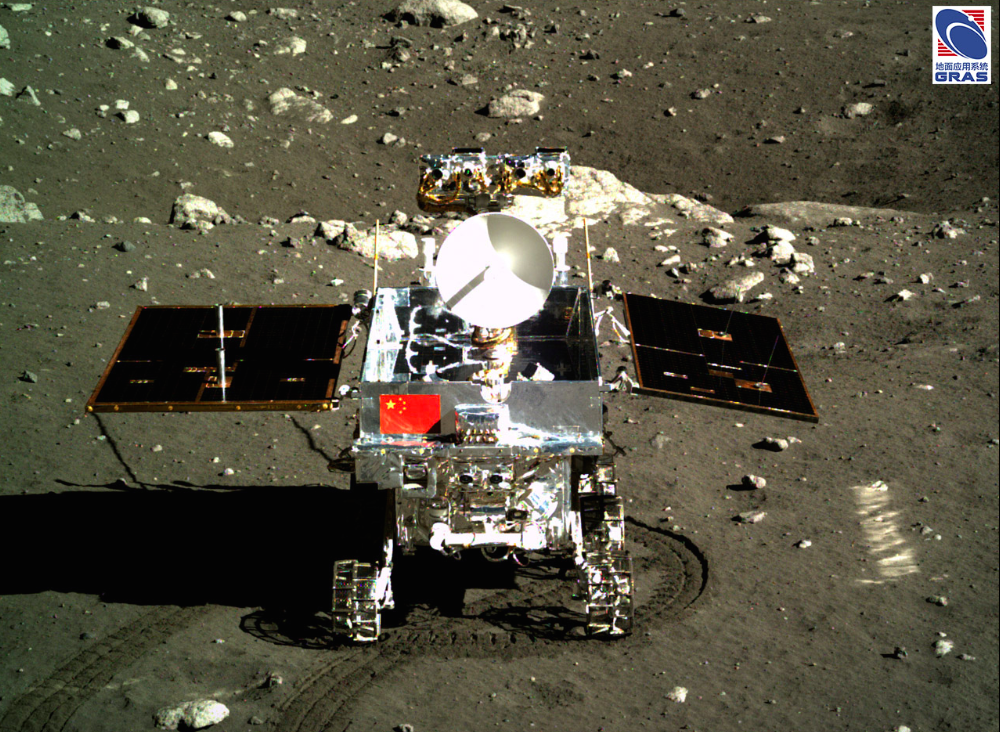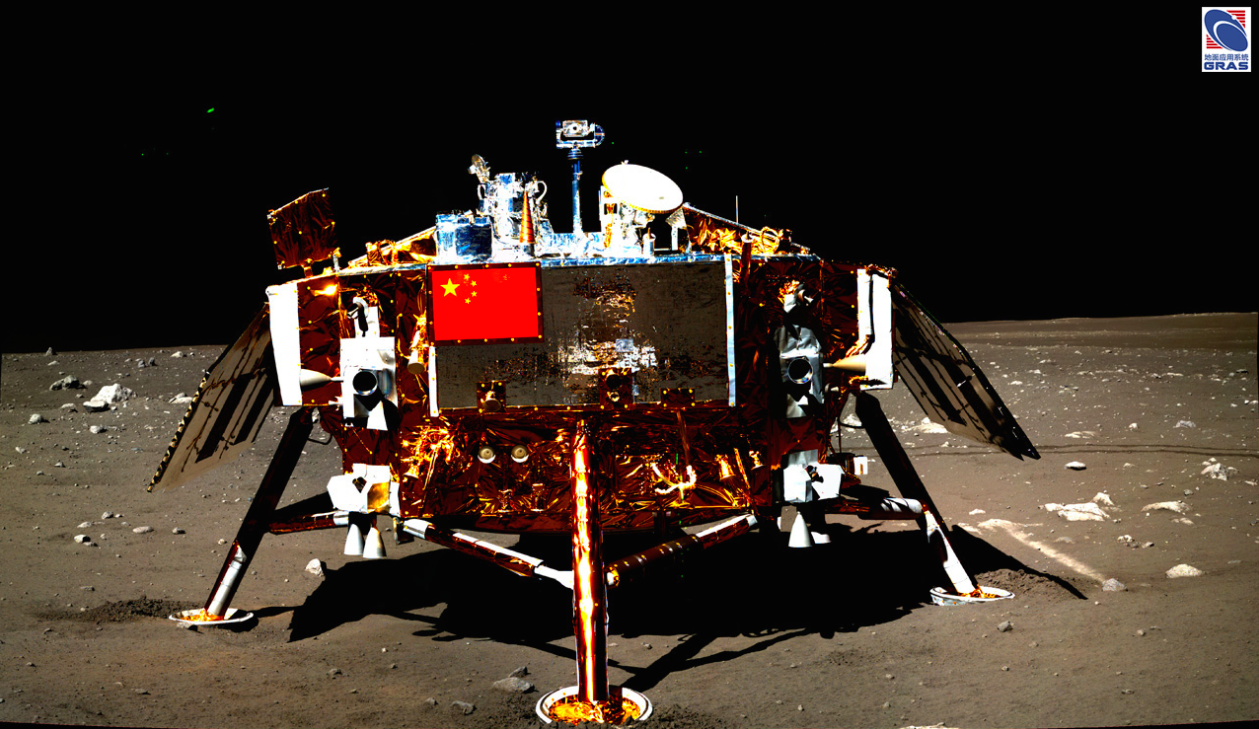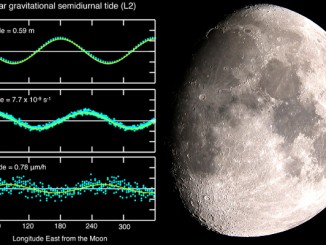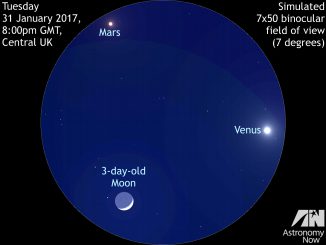
A rover and landing platform developed as a backup for China’s Chang’e 3 Moon mission will be repurposed to attempt the first touchdown on the lunar far side by the end of the decade, Chinese officials said.
The Chang’e 4 landing probe will carry more science payloads than the Chang’e 3 mission, which touched down in the Moon’s Mare Imbrium region in December 2013, according to a Sept. 8 report by China’s state-run Xinhua news agency.
The mission to the Moon’s far side, which is heavily cratered and rougher than the lunar near side, will require the launch of an additional spacecraft to relay signals between the lander and Earth.
The Moon is tidally locked with Earth, meaning the same face is always visible from the ground.
A presentation on the Chang’e 4 mission at a June meeting of the United Nations Office for Outer Space Affairs indicated the relay satellite will be launched by the end of 2018 to a gravitationally-stable location called the Earth-Moon L2 point beyond the Moon’s far side.
The communications satellite will have a three-year mission, during which the Chang’e 4 lander will be launched, according to the June presentation made by a Chinese scientist.

Xinhua was less specific about the timing of the Chang’e 4 mission, only reporting it would launch before 2020.
Astronomers have long dreamed of a radio telescope on the far side of the Moon, where it would be free from interference from artificial radio sources on Earth.
Xinhua quoted Zou Yongliao, an official from the Moon exploration department of the Chinese Academy of Sciences, as saying: “If we can can place a frequency spectrograph on the far side, we can fill a void.”
If successful, Chang’e 4 will be the first spacecraft to land on the far side of the Moon, which was never observed until the Soviet Union’s Luna 3 probe flew past the Moon in 1959.
China is developing a more ambitious mission named Chang’e 5 for launch in 2017 to land on the Moon and return surface samples. Engineers launched a demonstrator probe last year for a round-trip flight around the Moon to prove out heat shield material for the Chang’e 5 mission.

China’s Chang’e 3 mission in 2013 accomplished the first soft landing on the Moon since the Soviet Luna 24 sample return craft arrived in 1976. Chang’e 3’s six-wheeled Yutu rover traveled 114 meters (374 feet) before its mission ended.
Chinese scientists say a ground-penetrating radar on the rover detected nine distinct subsurface layers below the landing site, evidence the region has a complex geologic history distinct from areas explored by the Apollo astronauts, according to results published in March in the journal Science.
An ultraviolet telescope on the Yutu rover’s landing platform observed Earth’s plasmasphere from the Moon.
Chang’e 3 landed just east of a 450-meter (1,500-foot) impact crater scientists say formed less than 100 million years ago.
The mission returned more than a terabyte of raw science data. China has released Chang’e 3 science data on a publicly accessible website, including a repository of spectacular images.
Chang’e 4’s basic platform is already assembled, with planning for the mission’s science payload underway, according to information released at June’s UN meeting.
Its prime engineering objective is to demonstrate landing and deep space data relay on the lunar far side. Science goals include studying lunar dust and geology, the radiation environment on the far side of the Moon, and conducting radio astronomy observations.
Chinese officials have invited international partnerships on the Chang’e 4 mission, identifying secondary spacecraft, scientific instrumentation, deep space tracking, and data analysis as areas for potential cooperation.
U.S. law restricts NASA from bilateral cooperation with China on space missions.
Email the author.
Follow Stephen Clark on Twitter: @StephenClark1.



